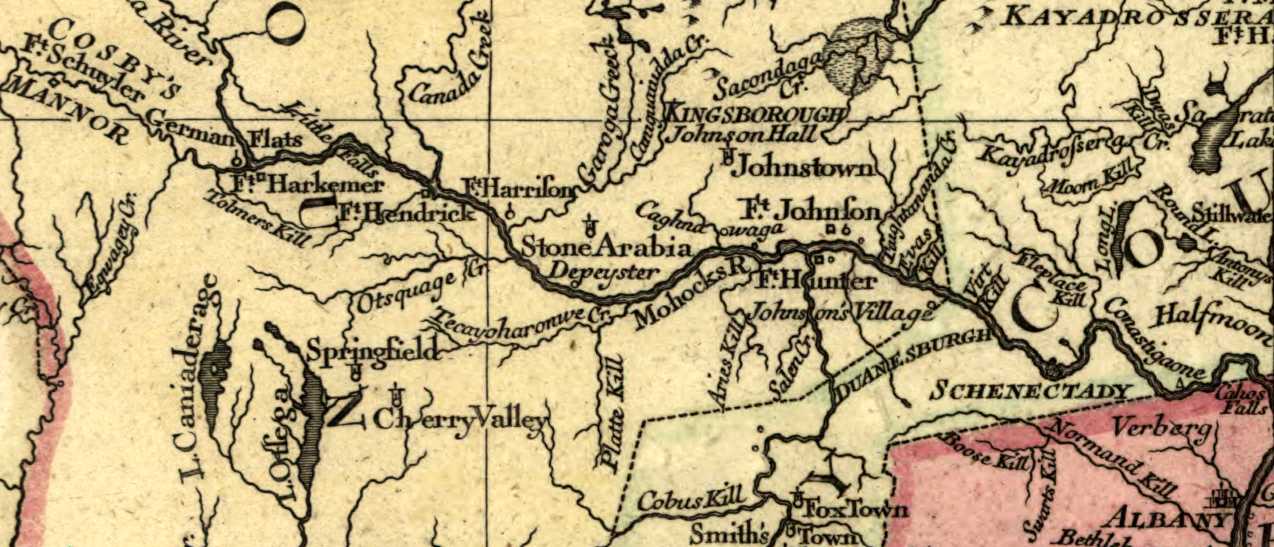For as long as there have been dispatches from the front, there have been armchair generals attempting to call the shots from afar. Some months after the battle of Bunker Hill, Britons received news of another British defeat at Great Bridge, Virginia on 9 December 1775. Although much smaller than the action outside Boston, Great Bridge sounded strikingly similar with British troops suffering heavy casualties attempting to take a fortified position. The news led people to pontificate regardless of their military experience or knowledge of conditions in America.
So it was that William, Viscount Barrington, the British Secretary at War, received a letter from a Yorkshireman named Robert Gillespie, offering proposals on how to better conduct operations against fortified positions. The letter was duly entered in the War Office miscellaneous in-letters, leaving us to wonder if Gillespie’s proposals invoked the same amusement from Barrington that they offer for us today:
That there should be a Front Rank Ordered to carry a Plank or Dale about 5 ½ Feet high, 18 or 22 Inches Broad and an inch and a half Thick, with a Prop or Foot to let it down occasionally to fire over it. There is abundance of such Dale in every Town in North America and the Houses in general is covered with such, Or,
When the ground will admit and enough of Wheel barrows can be had, Fix Planks about Three feet Broad and of a Convenient height to Fire Over, such a contrivance would have saved many a man at Bunkers Hill.
But my Principal Scheme is, Take thick large pieces of Cork-wood and shape them out so as to make a whole Front from the Chin to the Shoes, the Thigh & Leg Pieces as well as the Body piece may be fastened with Tape or the like in a snug manner. I know by experience common Corkwood or even 1 ½ Inch Dale will not be proof against a Ball from one of our soldiers Musquets at 100 yards that is properly loaded (which seldom happen in Actions after the first fire) but it will be proof against their Buck shot, and may be made Proof against their Riflemen or Common Musquets by sewing with a Packing Needle Two or Three pieces of Cork-wood together, and then they will be far Lighter and Twice more serviceable than Steel Breast-plates, that leaves the lower part of the Belly and Loins open… About 1000 Resolute men thus equipt and Accoutred like the Royal Highlanders with Pistols might do wonders.
[Robert Gillespie to Barrington, 14 January 1776. WO 1/991, The National Archives, Kew, Richmond, Surrey, p. 238.]








2 Comments
This is fascinating. In WWI Sir Arthur Conan Doyle spent a good deal of time experimenting with, and urging, the use of shields, steel shoulder guards, and breast-plates. Winston Churchill, wrote Doyle, was “…very open to ideas and sympathetic…” The Ministry of Munitions wasn’t so keen. Great piece – thanks!
It was nice to see reference made to the Battle of Great Bridge since it is so often overlooked. The whole series of events before and after the battle provide an interesting study into the Revolution outside of New England in those early days of the conflict. From the emancipation of the slaves by Royal Governor Dunmore to the burning of Norfolk in January 1776, it touches on the conflict in a manner that is sometimes forgotten. Thank you for bringing it up and posting this amusing suggestion for a Revolutionary Era bulletproof vest.